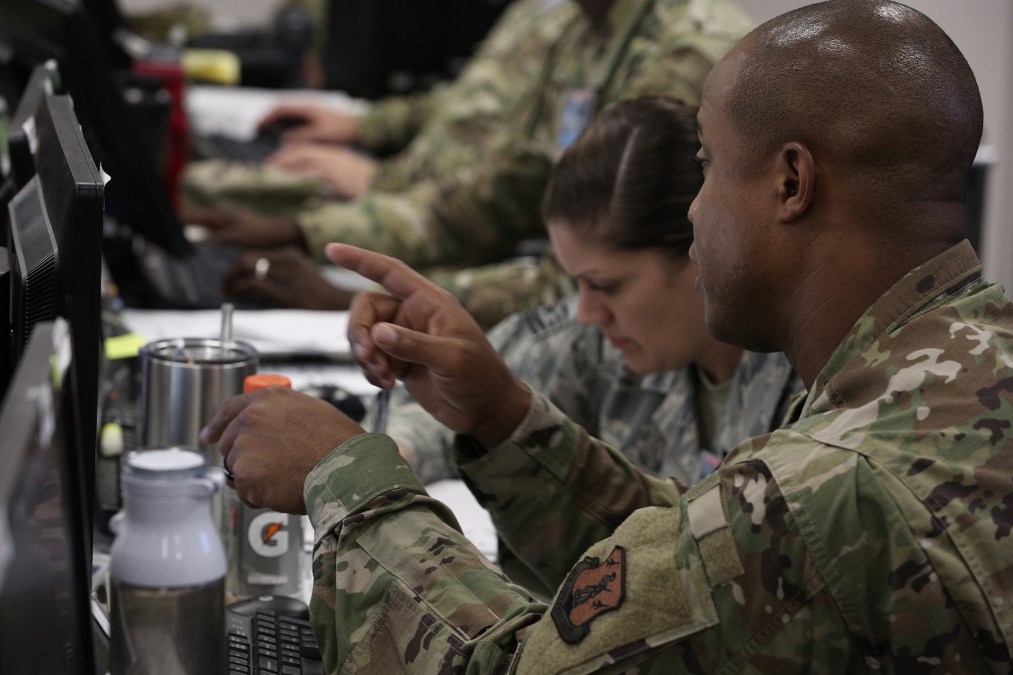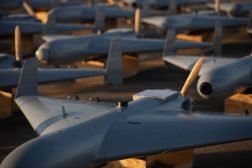Cybercom’s AI task force housed within its elite cyber unit

U.S. Cyber Command created an artificial intelligence task force within its high-end cyber unit that is focused on defending the nation from significant digital harm.
“We created an AI Task Force and what the decision that we made is we put it inside of our largest operational organization. It’s inside the Cyber National Mission Force. [Commander] Maj. Gen. Lorna Mahlock has that team of expertise as a tool that when she’s got a hard problem, she can use that task force as one of the solutions,” Gen. Timothy Haugh, commander of Cybercom and director of the National Security Agency, said at a dinner hosted by the Intelligence and National Security Alliance Tuesday.
The Cyber National Mission Force is a sub-unified command under Cybercom made up of 39 joint teams and thought to have the DOD’s most talented cyber operators aligned in task forces organized against specific threat actors, with the core mission of defending the nation against digital threats.
The AI Task Force was created as part of congressional direction in the fiscal 2023 annual defense policy bill, which required the command — along with the Department of Defense chief information officer in coordination with the chief digital and artificial intelligence officer, director of the Defense Advanced Research Projects Agency, director of the NSA and the undersecretary of defense for research and engineering — to jointly develop a five-year guide and implementation plan for rapidly adopting and acquiring AI systems, applications, supporting data and data management processes for cyber operations forces.
Haugh said they briefed their roadmap to Congress and the task force was created to accelerate that plan.
He has previously described three outcomes the task force will be focused on:
- Delivering AI capabilities for operations by the cyber mission force — the offensive and defensive teams each service provides to Cybercom to conduct cyber ops — and integrating the task force more closely with operations.
- Posturing the command to enable AI adoption by addressing materiel issues such as policy and standards that will be critical for responsible, ethical, assured and secure AI application.
- Countering AI threats.
The organization is part of an integrated approach to addressing artificial intelligence between Cybercom and the NSA.
The goal is for that task force and roadmap to help provide lessons for AI’s application across DOD.
“The collaboration that’s going on between NSA and Cyber Command really allows us to build a community to practice that we’re both learning together,” Haugh said. “We’ll also look to how we share compute resources and things like that, to really allow us to scale and then do so faster. I think those opportunities for us, we really can be unique in the department with our workforce and with the way that we apply both our experience in AI /ML — certainly NSA has done that for decades.”






